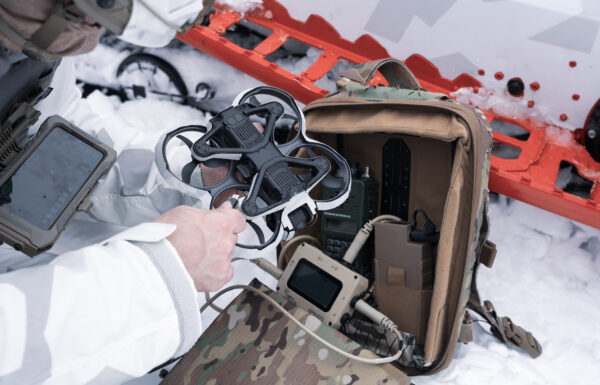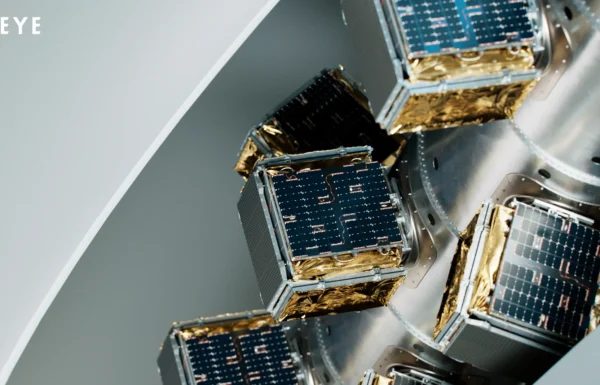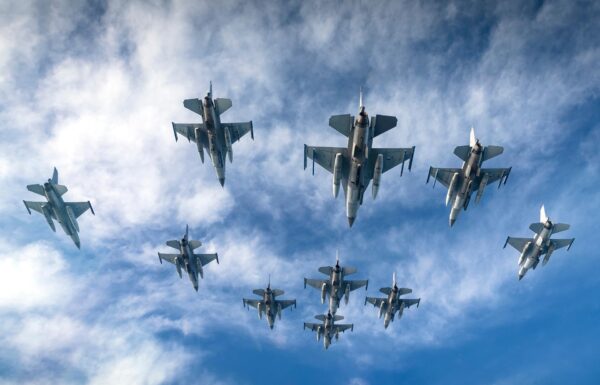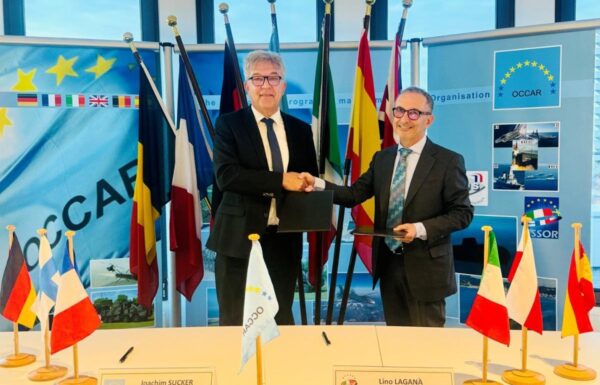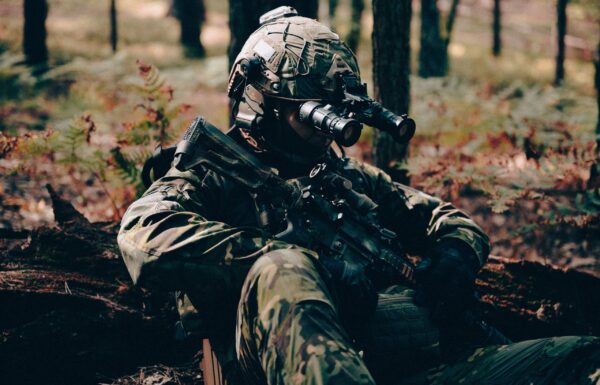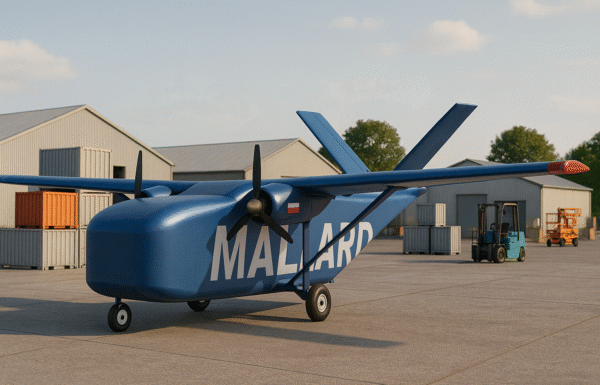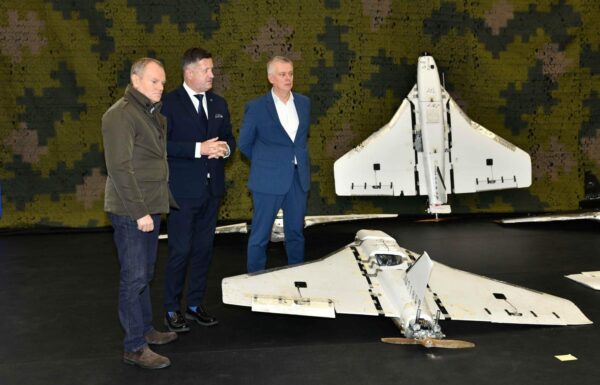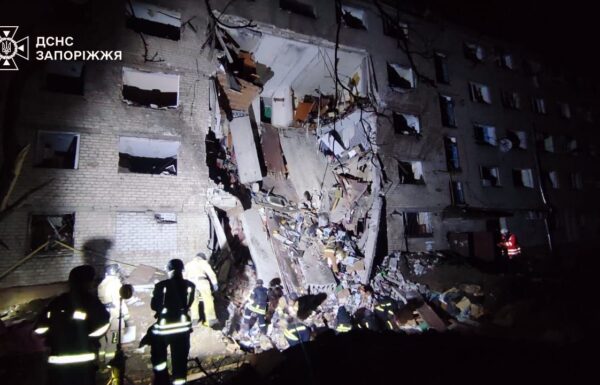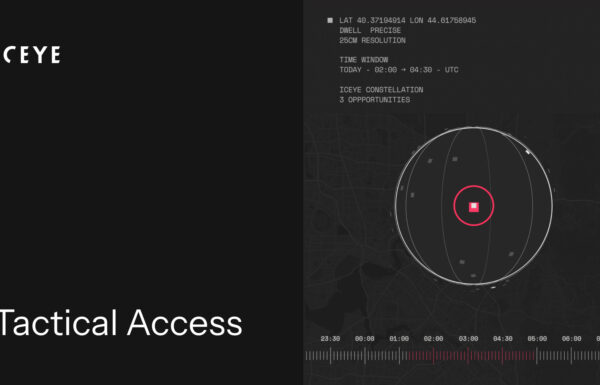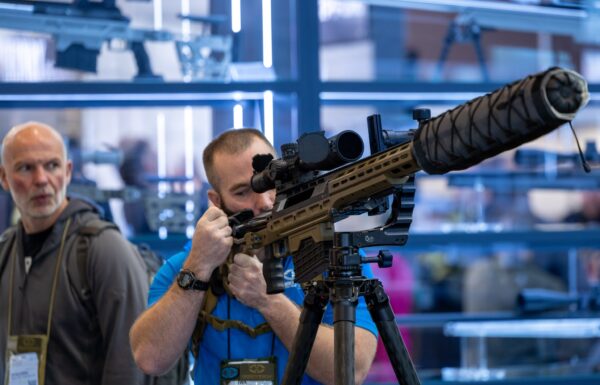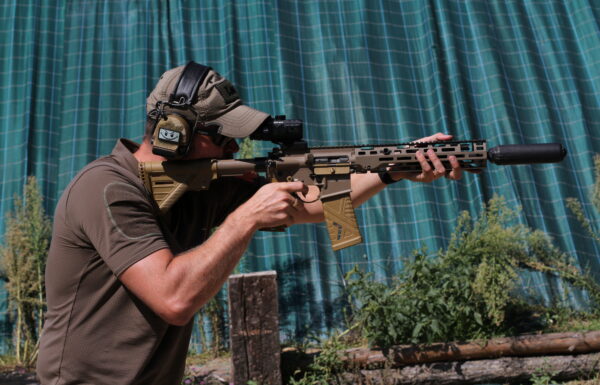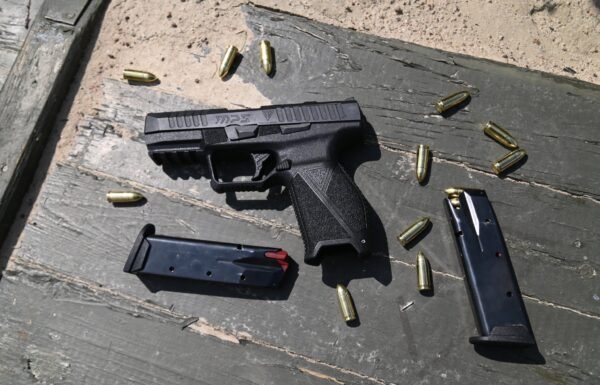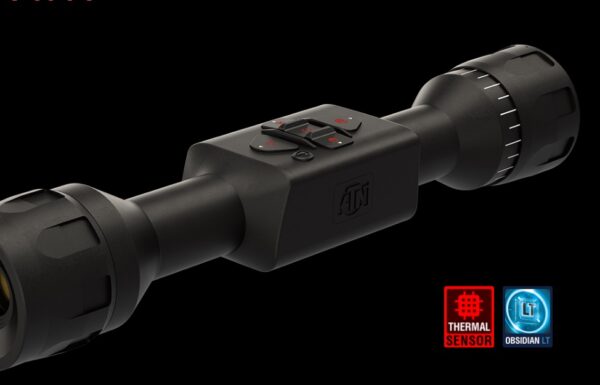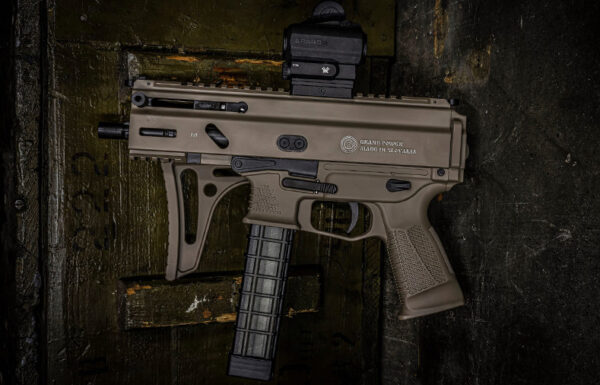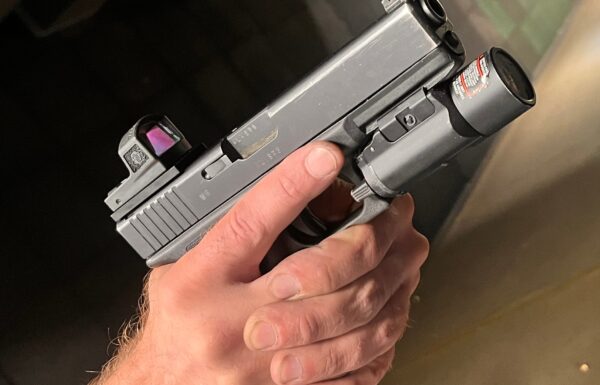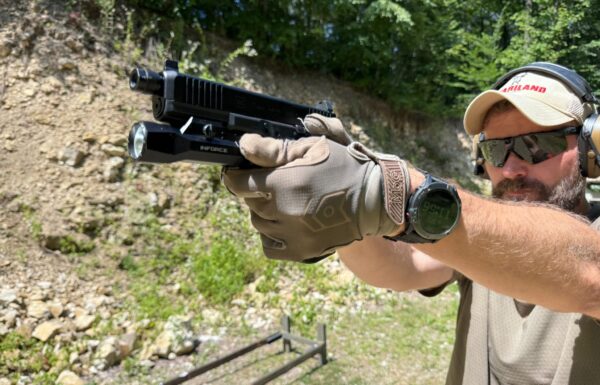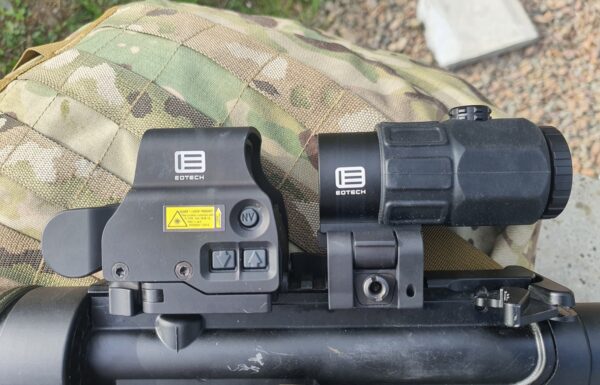The FA-50PL is taking shape
Undoubtedly, the most significant declaration from the Korean side is the announcement of the first flight of the aircraft in the configuration requested by Poland. According to Kang Goo-Young, President and CEO of KAI, the first FA-50PL is scheduled for its maiden flight in November 2025. However, for this to happen, the final specifications must be approved, followed by a minimum nine-month period required for implementation.
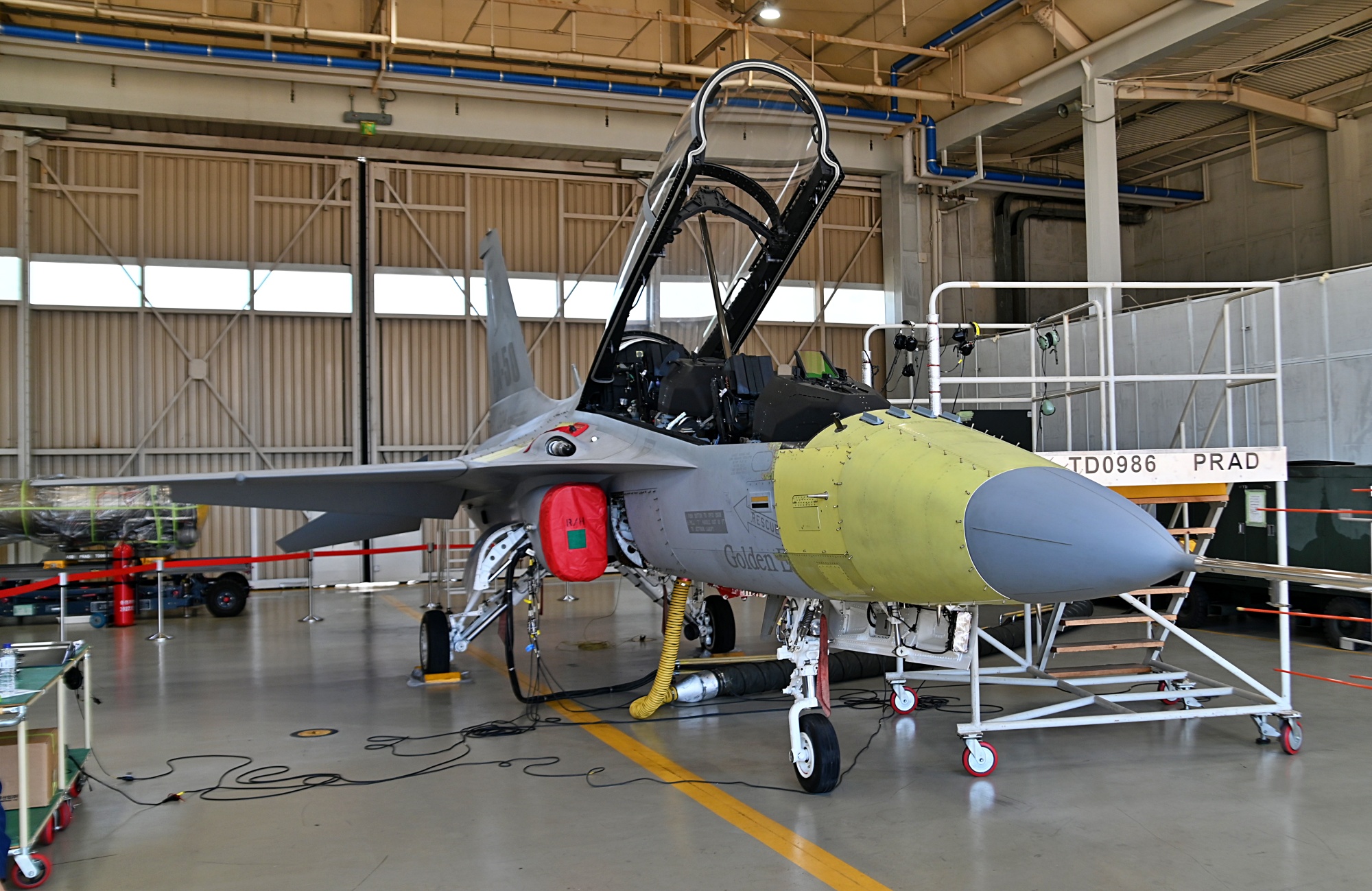 A prototype FA-50, serving as a testing platform for the solutions that will be implemented in the Polish FA-50PL
A prototype FA-50, serving as a testing platform for the solutions that will be implemented in the Polish FA-50PL
According to the head of the Korean company, intensive discussions are ongoing between the Polish Ministry of National Defense (MON), KAI, and Lockheed Martin, as the American corporation owns the rights to many of the solutions used in the KF-50 and must grant approval for any modifications.
The requirements of the Ministry of National Defense
The Polish Ministry of Defense expects a significant increase in capabilities compared to the FA-50GF (Gap Filler) currently operated by the Air Force. As KAI representatives informed the MILMAG editorial team:
“The FA-50GF and FA-50PL share the same cockpit configuration to ensure that Polish pilots can operate both aircraft seamlessly. The PL variant introduces new features such as an aerial refueling system, an external fuel tank with a capacity of 300 gallons, and a Helmet-Mounted Display (HMD). Additionally, the information presented on cockpit displays has been updated to reflect the functions of modified avionics systems and new weaponry. The Scorpion HMD introduced in the PL version enhances the pilot’s situational awareness without requiring significant changes to the cockpit layout.”
Moreover, the upgraded FA-50s will be equipped with modern AESA PhantomStrike radars. Implementing this solution necessitated a redesign of the aircraft’s nose section. However, as Polish journalists invited to Korea observed, a prototype FA-50 adapted to these new requirements is already undergoing trials at KAI facilities (Sniper pod production for Polish FA-50s).
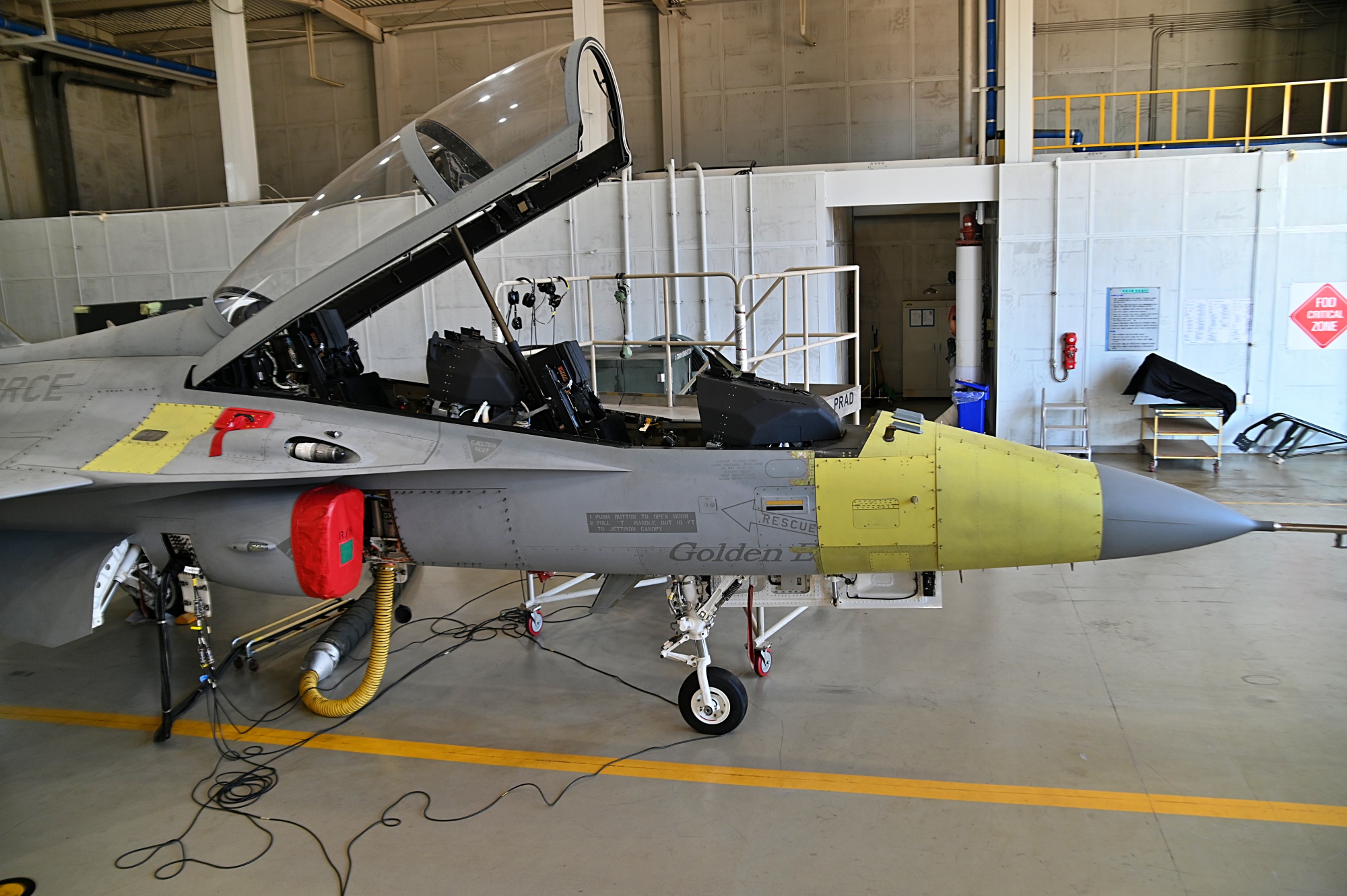 The modified nose section of the aircraft has been adapted for testing the AESA PhantomStrike radar
The modified nose section of the aircraft has been adapted for testing the AESA PhantomStrike radar
A key factor that could significantly impact the program’s schedule is undoubtedly the need to finalize the tripartite agreements. As MILMAG learned, “The FA-50PL is the highest-specification variant of the FA-50 aircraft. Its capability development is being carried out in close cooperation between KAI engineers and our American partner, Lockheed Martin. While there may be some challenges associated with its development, KAI is making every effort to minimize the risk of schedule delays. At this stage, it is not possible to provide an exact delivery timeline for the FA-50PL.”
This situation stems from the Polish Ministry of National Defense’s expectation to arm the Polish aircraft with AIM-9X Sidewinder and AIM-120 AMRAAM missiles, which would significantly enhance their combat capabilities against other aircraft. However, this requires approval from the Americans, which the Polish and Korean sides are currently working to secure.
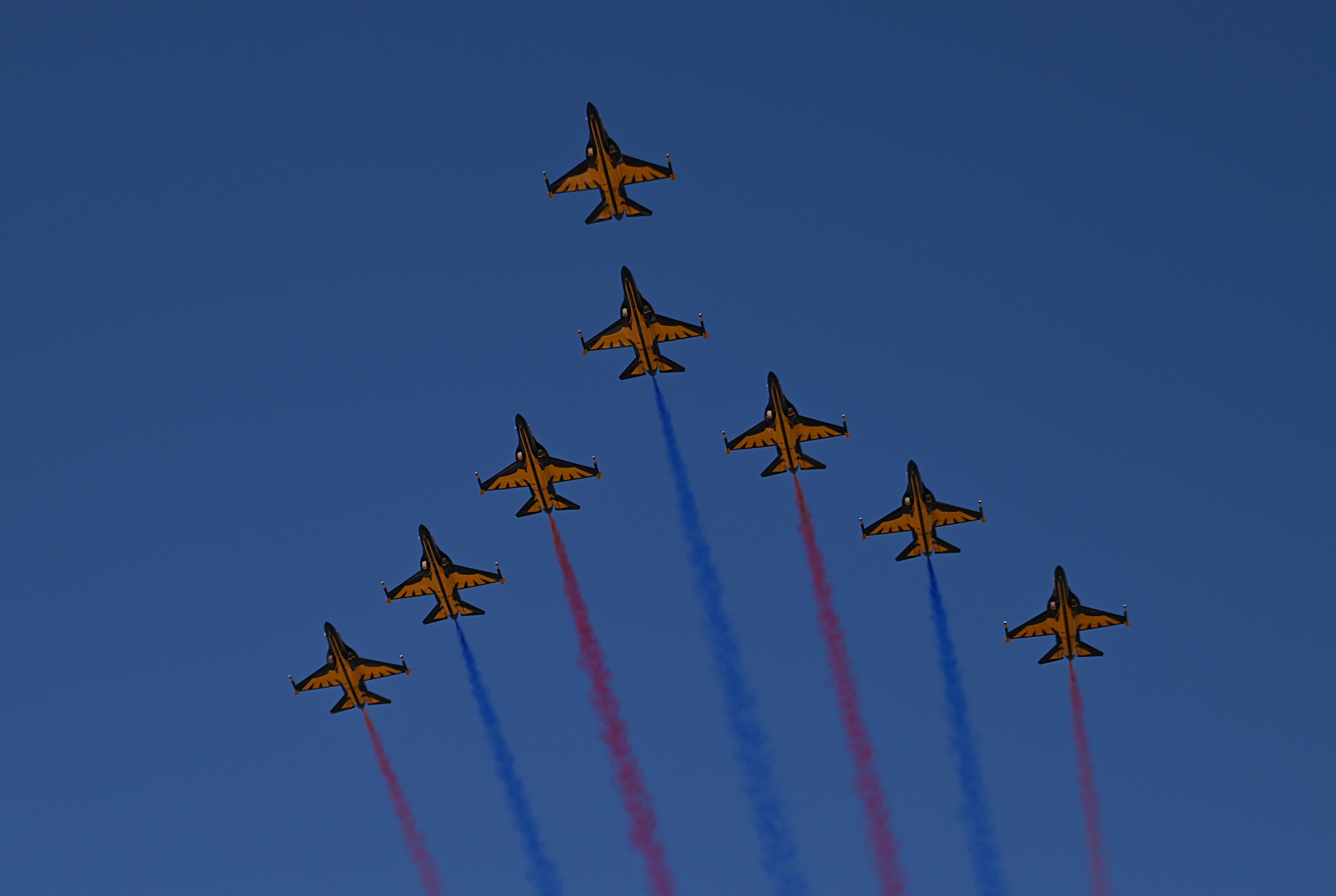 The FA-50 aircraft belonging to the 53rd Air Demonstration Group, commonly known as the Black Eagles, represent the Republic of Korea Air Force during official demonstrations. On a daily basis, they are stationed at the base in Wonju.
The FA-50 aircraft belonging to the 53rd Air Demonstration Group, commonly known as the Black Eagles, represent the Republic of Korea Air Force during official demonstrations. On a daily basis, they are stationed at the base in Wonju.
Finally, according to KAI representatives, the FA-50PL is expected to have the following advanced capabilities compared to the FA-50GF:
- Integrated AESA Radar is Capable of simultaneously detecting and tracking ground and air targets. It supports various air-to-air and air-to-ground combat modes, making it ideal for strike missions. The SAR (Synthetic Aperture Radar) imaging capability, combined with precision weaponry, significantly enhances mission execution effectiveness.
- FA-50PL is equipped with Link-16 System enabling real-time sharing of battlefield information and receiving and executing orders from command and control (C2) systems.
- Advanced Identification Friend or Foe (AIFF) System supports operations in Mode 5 with improved encryption and enhanced resistance to jamming.
- Altitude, speed, weapon symbols, and target information are displayed in various colors on Helmet-Mounted Display (HDM), increasing pilot situational awareness. Using the AIM-9X missile, the pilot can detect and engage enemy aircraft from the side or rear.
- SATURN Radio allows for fast and continuous frequency and encryption system changes in the UHF band, enhancing jamming resistance and security.
- Thanks to an advanced short-range missile AIM-9X Missile, the FA-50PL has superior agility in close-range combat and the ability to quickly track and intercept targets.
These features collectively elevate the FA-50PL’s combat and operational capabilities to meet modern battlefield demands.
The production of the FA-50PL is already underway
The above configuration was agreed upon some time ago, which made it possible to commence the production of the FA-50PL. As we observed on KAI’s production line at the Sacheon facility, six FA-50PL aircraft are currently being assembled. The most advanced units are those with serial numbers 13, 14, and 15. Therefore, it can be assumed that these aircraft will be the first to undergo test flights and be delivered.
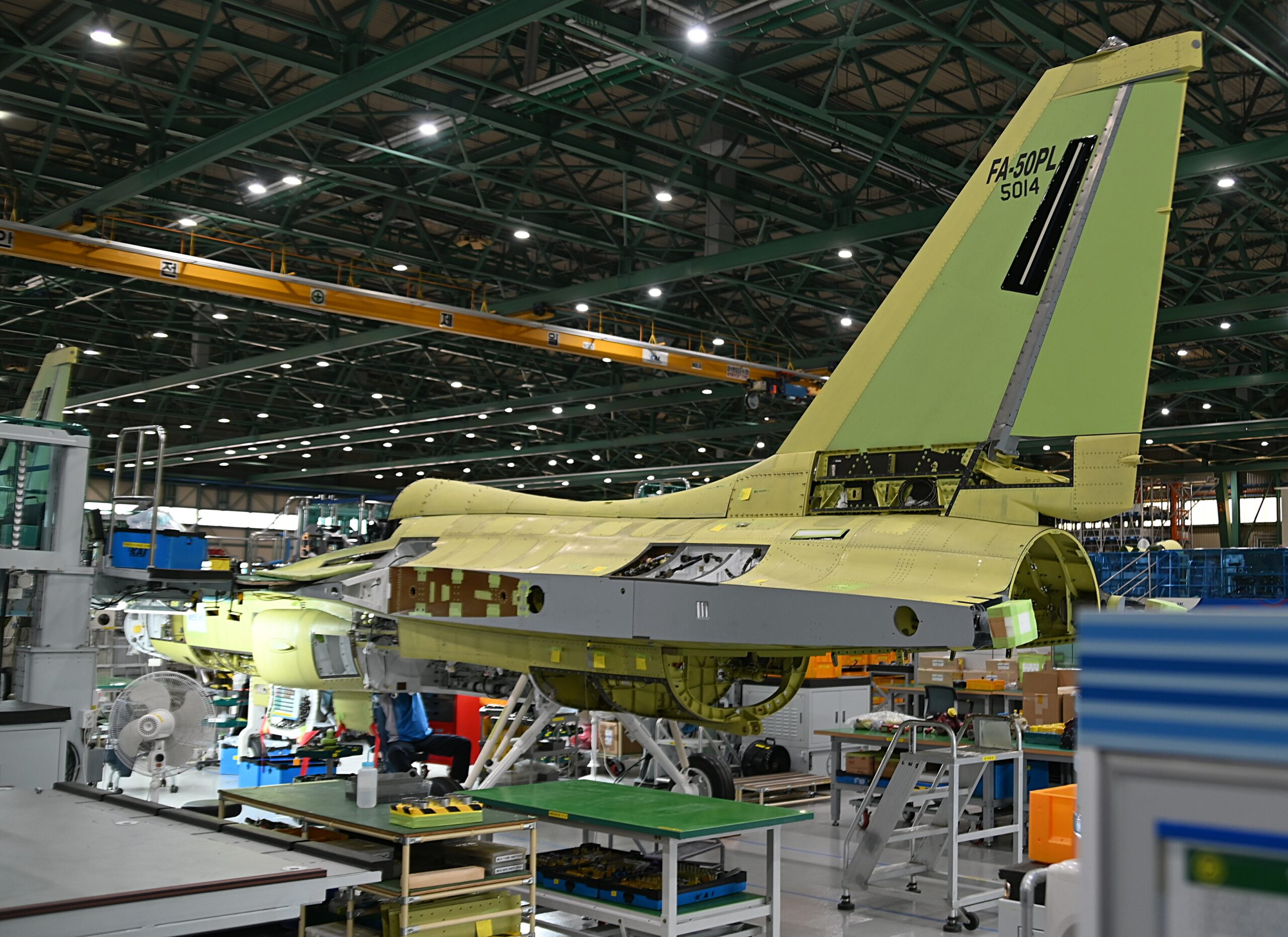 One of the first FA-50PLs on the assembly line at KAI’s facility in Sacheon
One of the first FA-50PLs on the assembly line at KAI’s facility in Sacheon
Simultaneously with the assembly process, tests of the prototype are underway, which might potentially be used for testing solutions for the Korean modernization program. However, as KAI assures, “The FA-50 Block 20 program has not yet been finally defined.”
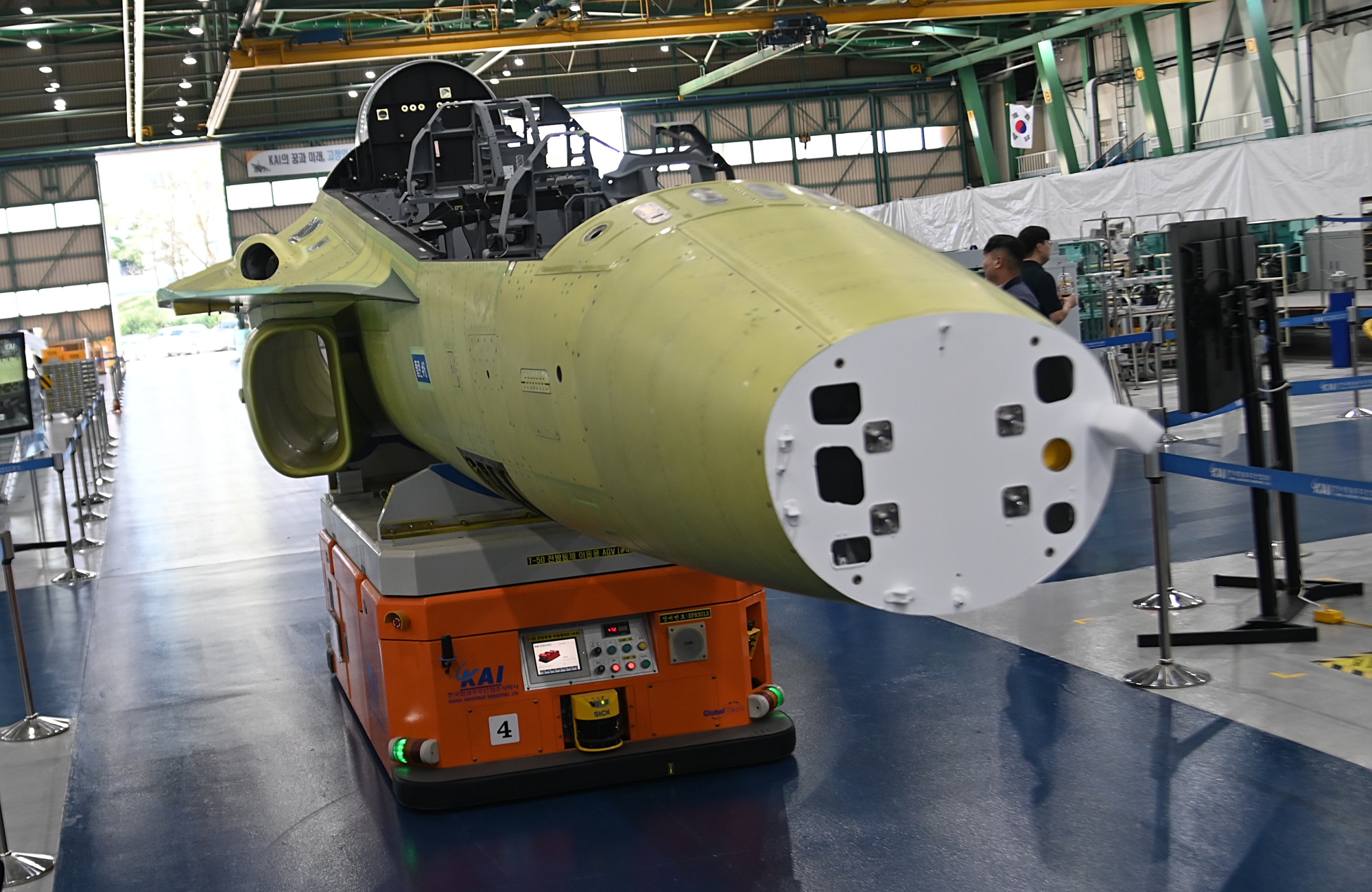 The nose section of the FA-50 aircraft is being transported to the assembly station on an automated platform at KAI’s facility in Sacheon
The nose section of the FA-50 aircraft is being transported to the assembly station on an automated platform at KAI’s facility in Sacheon
As part of the prototype testing of the Polish version, the aerial refueling system is being evaluated. According to information provided to MILMAG, it has already completed nearly all the required tests as scheduled. The integration of the new AESA radar requires slightly more work, with flight tests planned for 2025. The final step will be integrating the radar with the approved weaponry.
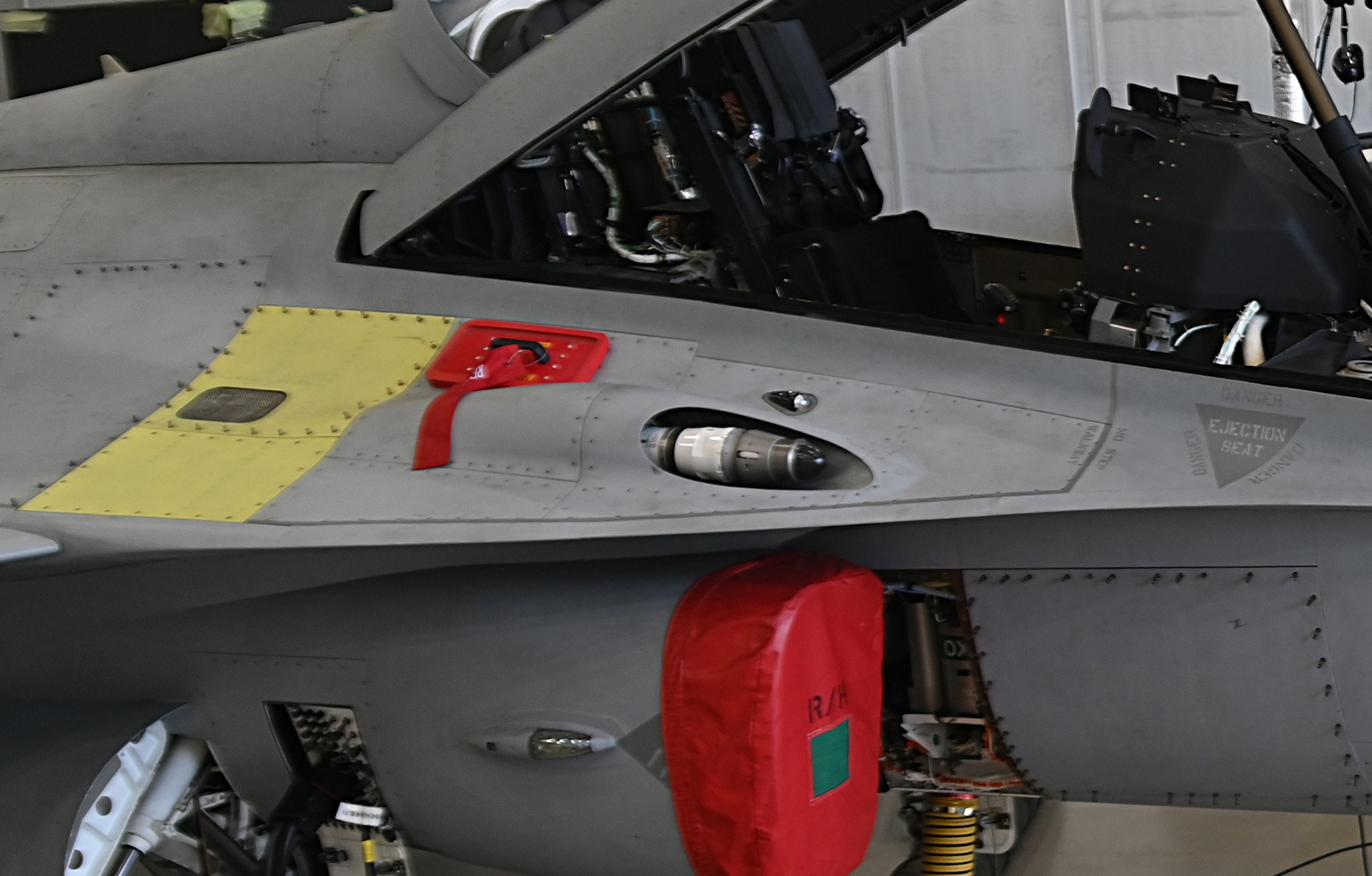 The aerial refueling system has already been installed on the in-house FA-50 and is undergoing testing
The aerial refueling system has already been installed on the in-house FA-50 and is undergoing testing
The Future Development of the FA-50
An interesting aspect could be the potential future integration of the FA-50 (in both the PL and Block 20 variants) with unmanned platforms. However, such a solution requires further refinement of operational use concepts for the Korean aircraft. As representatives of the manufacturer informed MILMAG: “KAI is working on the AAP (Adaptable Aerial Platform) program, a UAV system that can be operated by the FA-50. Data exchanged between the AAP and the FA-50 includes information such as location, status, assigned tasks, etc. The second pilot can control the AAP using a tablet, both for formation flights and task assignment.”
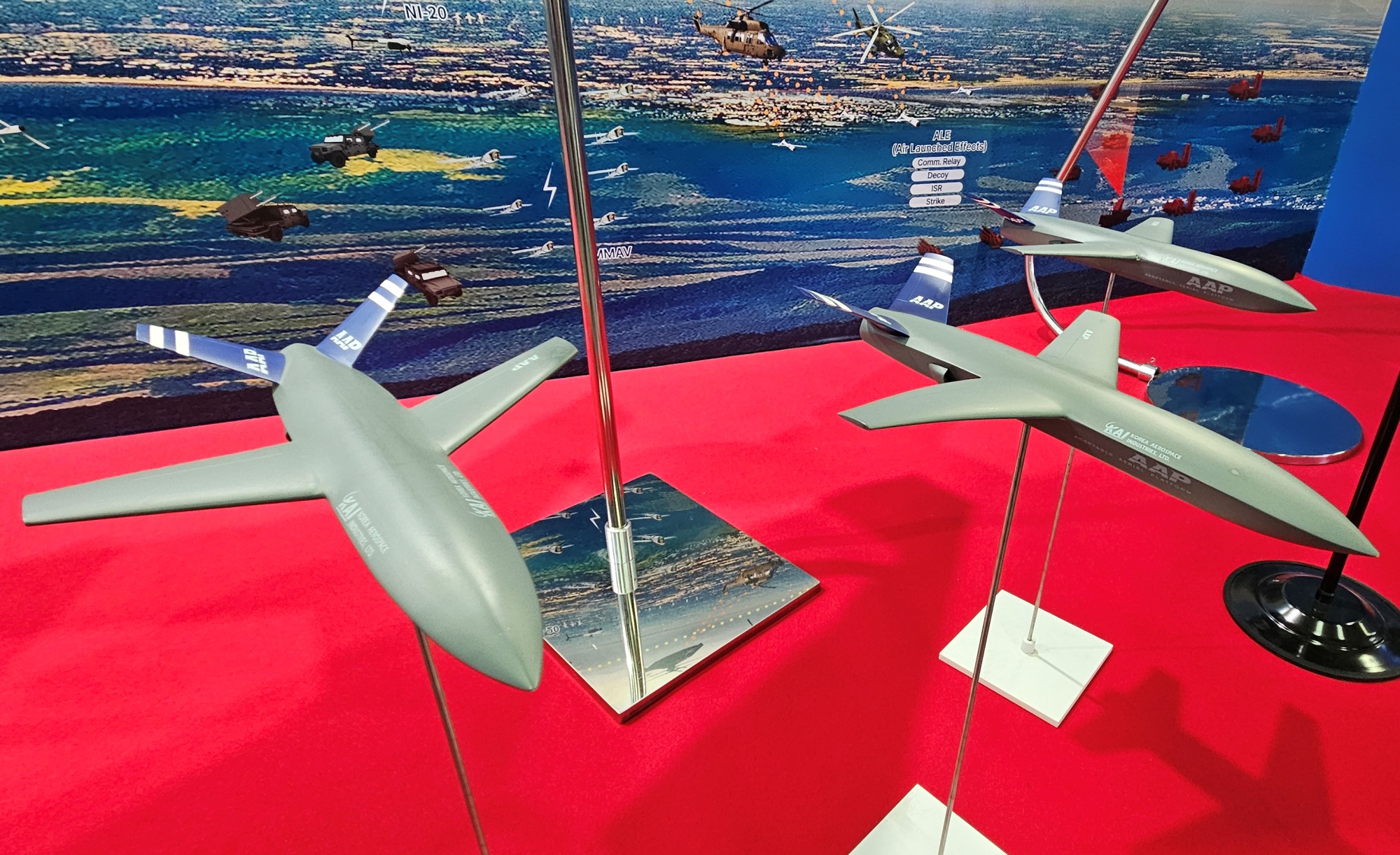 The AAP (Adaptable Aerial Platform) program developed by KAI envisions the creation of multi-role unmanned aerial vehicles designed to operate alongside FA-50 and KF-21 aircraft. These jet-powered platforms are expected to reach speeds of 730 km/h (Mach 0.6) and carry payloads of up to 24 kg over a range of 400 km
The AAP (Adaptable Aerial Platform) program developed by KAI envisions the creation of multi-role unmanned aerial vehicles designed to operate alongside FA-50 and KF-21 aircraft. These jet-powered platforms are expected to reach speeds of 730 km/h (Mach 0.6) and carry payloads of up to 24 kg over a range of 400 km
During a briefing in Sacheon, KAI representatives stated that a single FA-50 will be able to control 2-4 unmanned platforms of varying sizes and purposes. Interestingly, the crew will be supported by next-generation avionics, incorporating elements of artificial intelligence. Furthermore, KAI is considering potential collaboration with other users of their aircraft.
Can the FA-50PL be a fully capable combat aircraft?
Although the Korean light aircraft has been given the somewhat unassuming nickname “Fafik” (a popular dog name–translator’s note) in Poland, we had the opportunity to see how the Koreans utilize their FA-50 Block 10. During a visit to a Republic of Korea Air Force (ROKAF) base, we spoke with pilots from the 8th Fighter Wing, who fly the FA-50 and are responsible for the defense of Seoul.
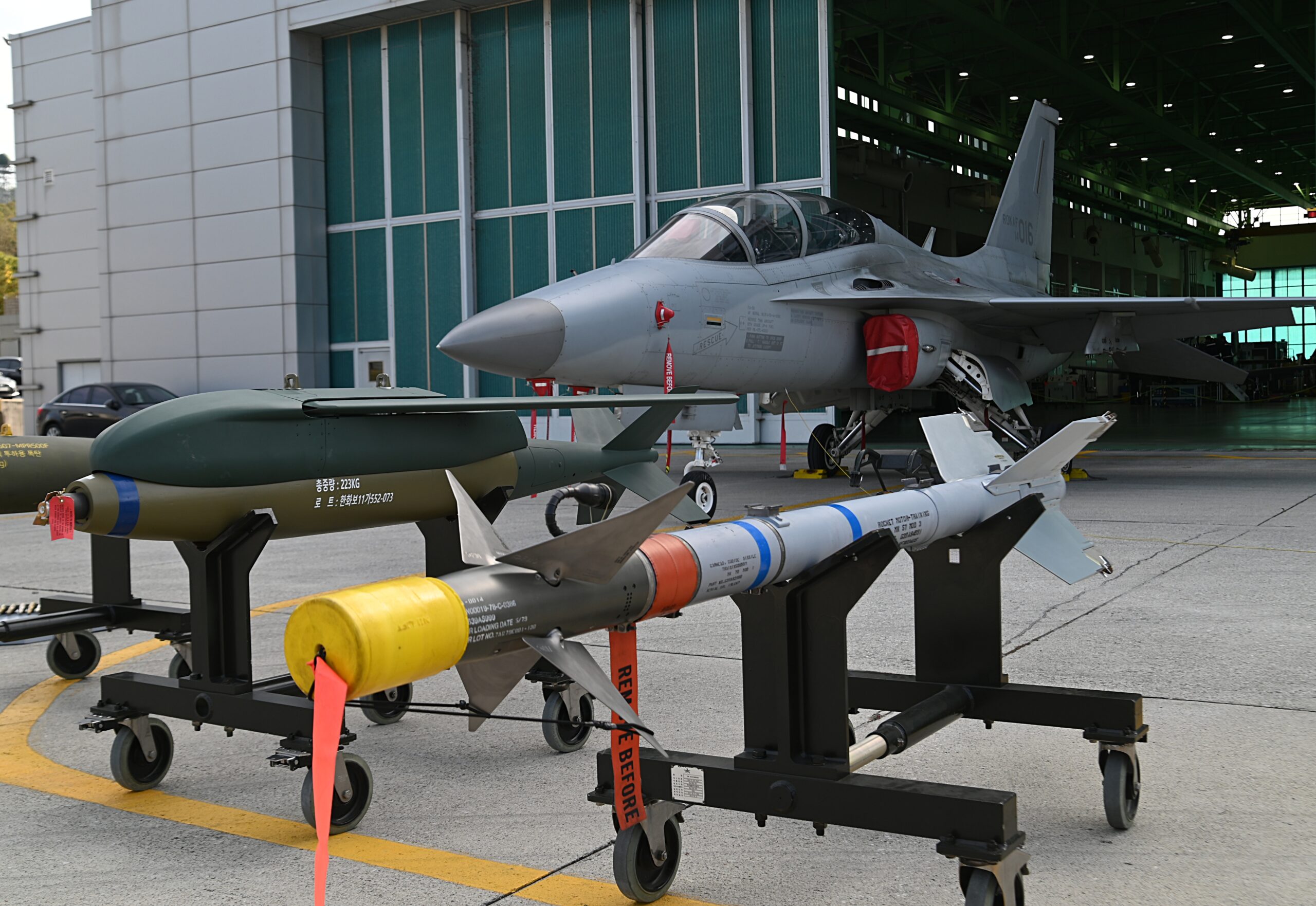 Used by pilots of the 8th Fighter Wing stationed at the base in Wonju. The photo shows an AIM-9L missile and a KGGB precision bomb
Used by pilots of the 8th Fighter Wing stationed at the base in Wonju. The photo shows an AIM-9L missile and a KGGB precision bomb
In conversation, the Koreans emphasized that this is a full-scale combat aircraft, capable of carrying 4.5 tons of weaponry. At the base, journalists were presented with the arsenal used by the Korean FA-50. This included AIM-9L air-to-air missiles, AGM-65 Maverick air-to-ground missiles, stand-off guided bombs (Korean Guided Bomb KGGB and JDAM), and CBU-105 cluster bombs. Complemented by a 20-mm cannon, this impressive arsenal enables precise ground target attacks as well as self-defense in the event of an air attack.
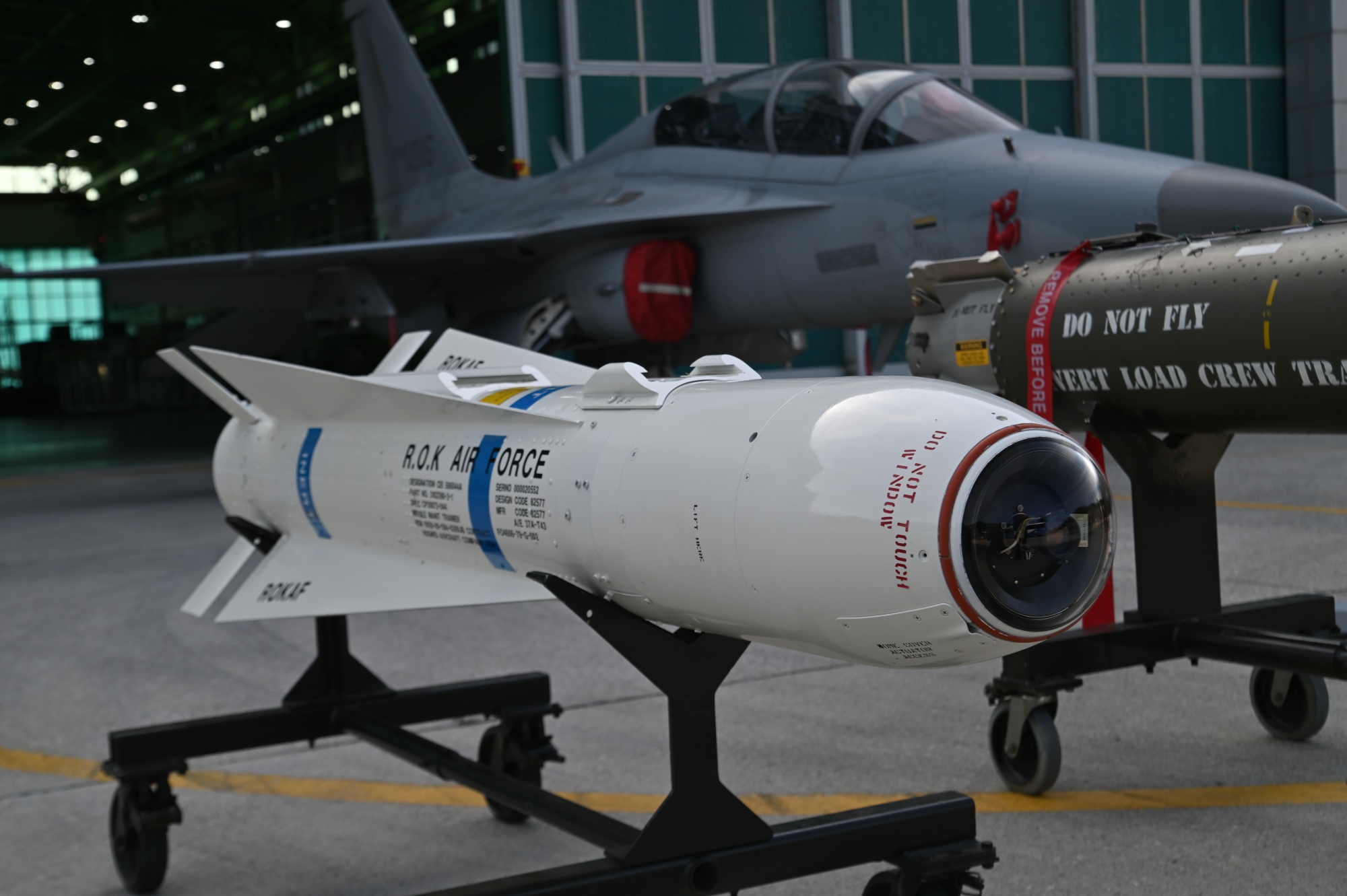 The Koreans have the capability to conduct precise ground target attacks using AGM-65 Maverick missiles / Photos: Jakub Link-Lenczowski, MILMAG
The Koreans have the capability to conduct precise ground target attacks using AGM-65 Maverick missiles / Photos: Jakub Link-Lenczowski, MILMAG
After the conclusion of the tripartite negotiations, the Polish FA-50PLs, equipped with AESA radar and medium-range air-to-air missiles, will have significant potential to support other Air Force aircraft. Of course, the laws of physics cannot be cheated, and no one in their right mind would position the “Fafiks” as air superiority fighters. However, after completing the adaptation program to meet Polish requirements, these aircraft will be capable of delivering a sharp sting to the enemy, both on the ground and in the air.


